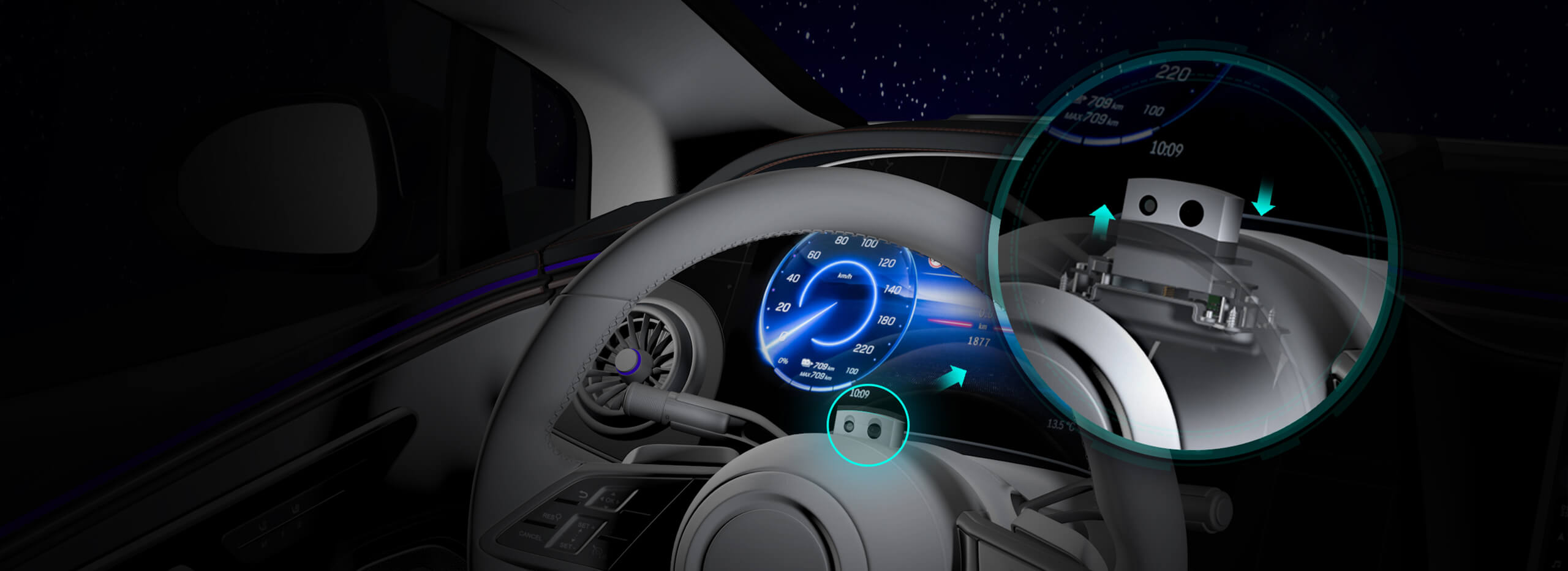part 1: In the intricate tapestry of international trade, classification systems serve as the threads that hold everything together, ensuring products move smoothly across borders and customs are efficiently processed. At the heart of this system lies the Harmonized System (HS) codes—an internationally standardized nomenclature established by the World Customs Organization (WCO). These codes, typically six digits long with optional extended digits for specificity, categorize every tangible product in global commerce, from simple commodities to complex electronics.

Today, we delve into a particular segment of these classifications: the "umbilical remote control." While the phrase might evoke images of medical devices or futuristic gadgets straight out of a science fiction novel, in the realm of trade and electronics, it often refers to specialized remote control systems, especially those used in industrial or medical contexts where cabling (or “umbilicals”) connects the control unit to other devices or machinery.
Understanding the Nature of "Umbilical Remote Control" The term "umbilical" in this context originates from the literal cord or cable connection linking a control device to its operational partner—be it a robot, medical apparatus, or industrial equipment. Unlike wireless remotes, these systems rely on physical connections to ensure stability, high data transfer rates, or safety in sensitive environments such as operating rooms or hazardous industrial zones.
The "remote control" aspect points to the functionality: a device that allows an operator to manage or manipulate equipment from a distance. When combined, an "umbilical remote control" generally refers to a system where the control unit and the controlled device are linked by a flexible cable or cord, enabling precise, reliable operations.
Why is HS Classification for Umbilical Remote Controls Important? Accurate HS coding is pivotal for various reasons:
Customs clearance: Precise classification can determine tariffs, taxes, and import/export restrictions. Legal compliance: Proper HS codes help avoid misclassification penalties and ensure adherence to trade agreements. Trade statistics: Governments and organizations track product movements, analyze market trends, and formulate policy based on correct classification. Supply chain efficiency: Clear coding simplifies logistics planning, shipping documentation, and inventory management.
How Do Customs Authorities Classify "Umbilical Remote Control"? The classification hinges on the specific nature, functionality, and components of the device. For instance:
Is it primarily electronic data transmission equipment? Does it include software components? Is it modular or integrated with other machinery? Is it imported for medical, industrial, or consumer purposes?
The detailed characteristics guide customs officers and HS code systems toward exact placement within the Harmonized System. Typically, remote controls fall under Chapter 85—Electrical machinery and equipment—and more specifically within headings related to transmission or control devices.
Typical HS Code Ranges for Remote Control Devices While definitive classification requires examining the specific product specifications, some common HS code ranges include:
8543: Electrical machines or apparatus, having individual functions, not specified elsewhere – often used for remotes and control systems. 8526: Television receivers, including remote controls if combined with visual output devices. 9027: Instruments and apparatus for physical or chemical analysis, occasionally related to medical control systems.
For umbilical remote controls used in industrial robotics or medical devices, the code would likely fall within 8543, emphasizing their control and transmission functions.
Implications for Manufacturers and Traders Manufacturers must identify the HS code during the production stage for proper export documentation, labeling, and tariffs estimation. Traders and freight forwarders should stay updated with national customs rulings, as classifications can differ slightly between jurisdictions, reflecting local interpretive nuances.
Furthermore, as technology evolves—integrating more software, wireless capabilities, and hybrid systems—the boundaries of HS categorization are continually tested. For example, remote control systems that incorporate AI features or advanced data processing might need specialized sub-classification, impacting tariffs and regulatory scrutiny.
The Role of Free Trade Agreements and Preferences Proper HS classification also influences eligibility for trade preferences under free trade agreements (FTAs). A correctly classified "umbilical remote control" could qualify for reduced tariffs or simplified customs procedures when traded between certain countries, facilitating smoother global commerce.
Looking Forward: The Future of HS Classification for Remote Control Devices As industries innovate—driven by Industry 4.0, IoT, and medical advancements—the definitions and classifications of such control systems will need constant updating. Customs authorities worldwide are increasingly adopting digital classification tools and AI-driven query systems to keep pace with technological complexity.
In summary, understanding the HS code for "umbilical remote control" isn't just a bureaucratic requirement—it’s a strategic element that impacts trade efficiency, legal compliance, and competitive advantage. As this specialized category continues to expand and evolve, keeping abreast of classification updates and interpretations becomes a valuable asset for everyone involved in the global supply chain.
Kpower has delivered professional drive system solutions to over 500 enterprise clients globally with products covering various fields such as Smart Home Systems, Automatic Electronics, Robotics, Precision Agriculture, Drones, and Industrial Automation.




































